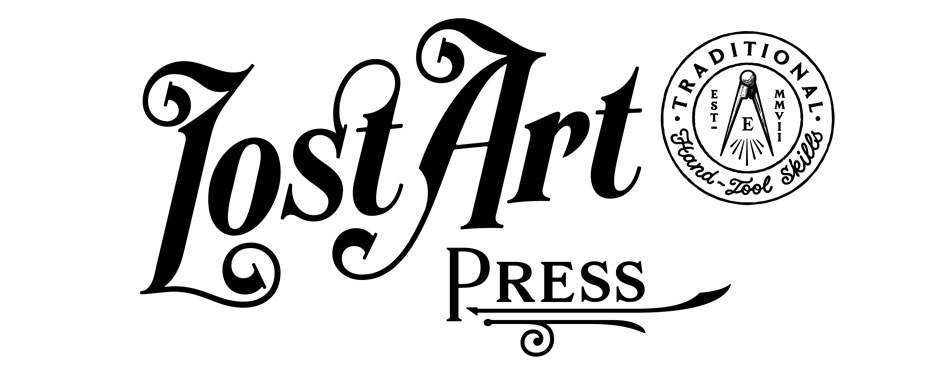
With woodworking schools opening across the country, we are asked almost every day when we will resume classes here. Here’s the deal.
We plan to wait until there is a safe vaccine for COVID-19. There are several reasons for that decision.
- Classes here can be physically strenuous because of the handwork. Students sweat, huff and puff a lot as they saw, plane and chop. Doing that work with a mask is misery, and the heavy breathing is ideal for spreading the virus.
- Our workshop is compact. Keeping people at a safe distance is difficult, even with small classes.
- Our students come from all over the world. Some of our students are older and therefore more vulnerable to the virus.
- My mother and Lucy’s mom (both local) are both particularly vulnerable to the virus, and we see them several times a week.
- If anyone got sick (or worse) at one of our classes, Megan Fitzpatrick and I would never forgive ourselves.
As soon as a vaccine is readily available, we will open our doors for classes and a long-overdue open day. If you want to be among the first people informed about classes, the best way is to subscribe to our blog. Simply enter your email in the box near the top right of this page by the headline: “Subscribe to the blog via email.” You won’t get spam. We don’t sell people’s addresses or have sponsors/advertisers. You’ll just get an email every time there is a new entry.
We look forward to having some new faces around here. I know Megan must be sick of me and my prattling on about chair design and marsupial trivia.
Until then, stay safe and we hope to see you soon.
— Christopher Schwarz









